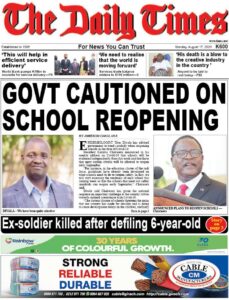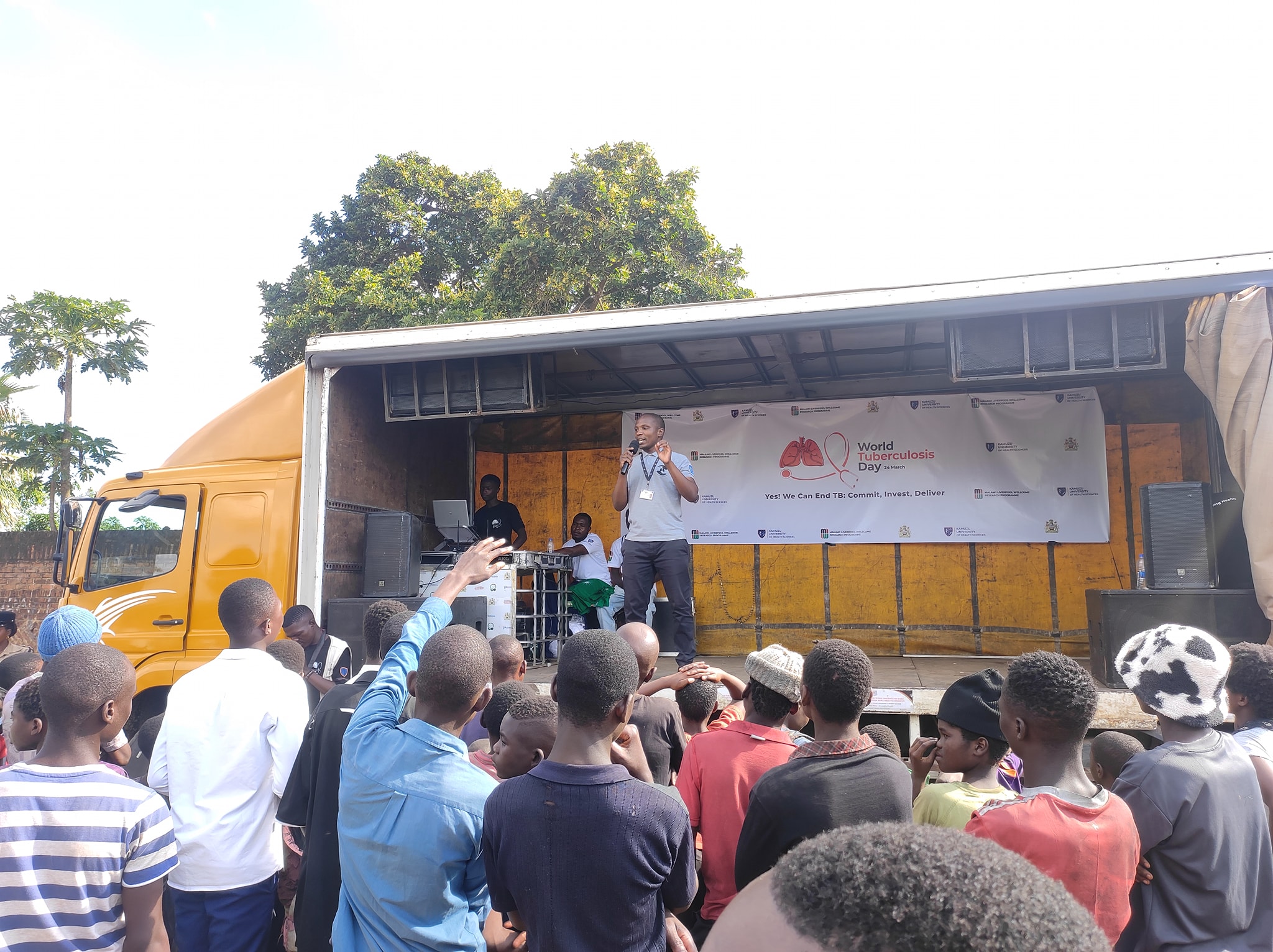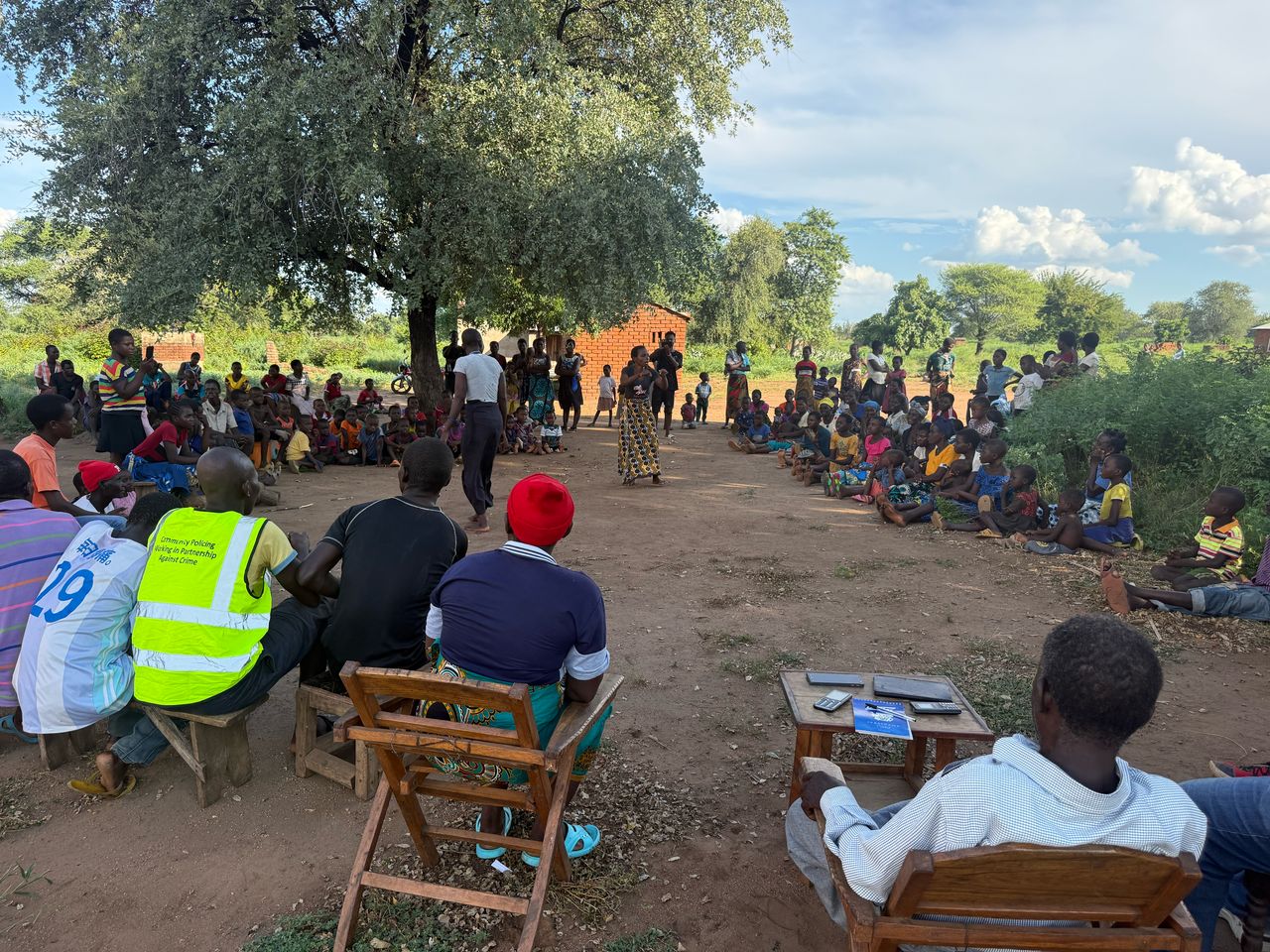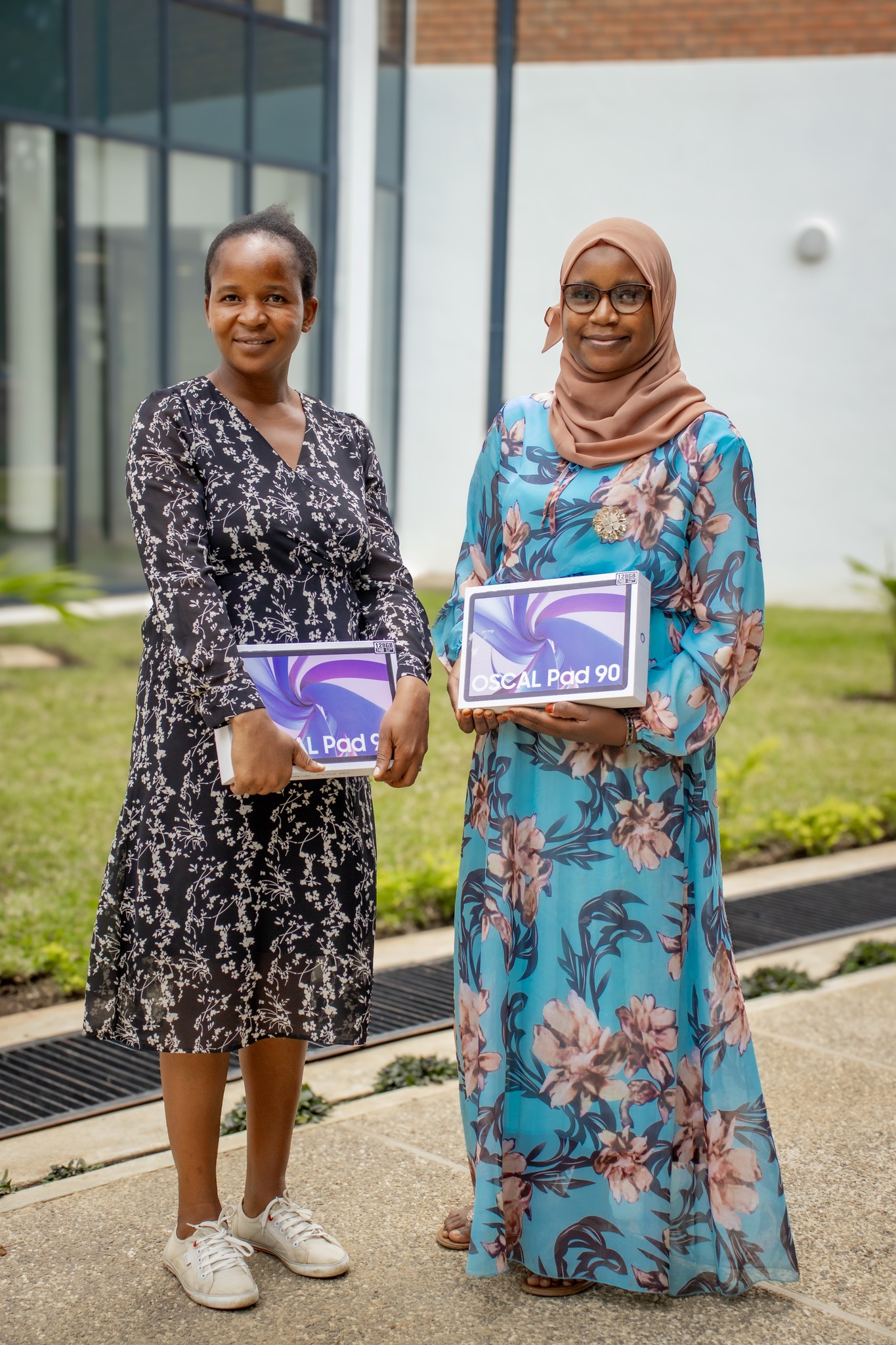We caught up with Titus Divala, Research Associate under Public Health Group and an eloquent and passionate translator of science information. He was on the frontline sharing information on COVID-19 during the peak of the epidemic in Malawi.
Tell us your role in the MLW COVID-19 committee.
My official role in MLW COVID-19 Committee was to lead (as part of MLW Public Health subcommittee) in inter-Institutional Coordination for COVID-19 response in Blantyre. The Blantyre COVID-19 Response comprised of Blantyre District Health Office (Host), University of Malawi College of Medicine, Malawi-Liverpool Wellcome Trust, Queen Elizabeth Central Hospital, Kamuzu College of Nursing, and Blantyre City Council
We saw some of your other work beyond MLW. Tell us more about that.
In March 2020 after joining the MLW public health sub-committee, I worked with Peter Macpherson (subcommittee lead) and Liz Corbett (then head of HIV/TB) to project what the potential COVID-19 impact would be on Malawi. The numbers were so scary that we could not easily share in public. While we knew that they were projections and may not pass, the feeling that they could represent reality sparked my drive.
I therefore paused my academic and research work to volunteer towards the Malawi response. I identified and targeted two actors:
- the people: because COVID-19 demands action by them; and that action is only possible if they are empowered. I made it a personal duty to make COVID-19 the top subject amidst all the political activity and misinformation that was going on. I interacted with the public directly via mainstream media (national television, radio and newspapers) and social media (Facebook page, personal Facebook profile, Twitter and LinkedIn)
- the government: I constantly compiled evidence and suggestions and shared with the decision makers, starting with those I knew personally. A lot of times I would not get any response but with time I started receiving invitations to sit on committees where I contributed formally. At national level, I have contributed towards the government’s Health Cluster on the country’s top scientific committee called Expert Advisory group on COVID-19, the National surveillance and the Infection Prevention subcommittees, and the Protection cluster
What are some of the unique experiences you had working with the Malawian public that you would like to highlight?
The evolution of public perception was the most interesting as it shaped most of the questions I was getting from the media and the population at large. Before documentation of the first case, the country was anxious, scared, and suspicious that COVID-19 was already in the country, but the government was hiding it. After several cases and the numbers started rising, there was huge concern that the numbers were too many and fake. When the number of deaths started rising, the public was instantly shocked, demanding tougher measures from the government. At the tail end in September, and after long period of inhibited life, the population started demanding reopening and that COVID-19 was not an issue at all.
Apart from the political instability, the above correlated very closely with our epidemic curve, and I learnt based on this that we, as scientists need to listen to the people more. I saw how difficult it is to shape public behaviour, and how invaluable a more multidisciplinary (especially social science) approach could have been.
Please share the list of committees that you are currently involved with and your role therein.
- Member, Malawi National Expert Advisory Group on COVID-19, Ministry of Health
- Member (Epidemiologist), Malawi National Surveillance Committee on COVID-19, Ministry of Health, Lilongwe
- Member, Protection and Social Support Cluster, COVID-19 National Response, Malawi Government
- Public Health Specialist, University of Malawi-Wide COVID-19 Committee
- Public Health Specialist, College of Medicine COVID-19 Committee
- Epidemiologist, Society of Medical Doctors (SMD) COVID-19 Response Team
- Direct interaction with the public
- Mainstream media: National newspapers, television, and radio
- Social Media (Facebook page: @titusdivala, Twitter: @Tdivala, LinkedIn: titus-divala)
Do you have any other information you would like to share?
I would like to thank MLW, through the Wellcome grant, for allowing me to serve on the COVID-19 committee and supporting me throughout as I went beyond the institution’s borders to serve the national cause. I thank Prof Liz Corbett, Prof Katherine Fielding, and the LSHTM for approving my request to pause my academic work to support the Malawi response. I thank Dr. John Phuka, who was heading COM COVID-19 Committee then for incorporating me and MLW into the COM committee. I thank various government officers for allowing me to serve on committees of the national response.
Interacting with the public was a lonely fight, very few scientists availed themselves. I urge more people in MLW, COM, MUST, and other academic institutions to always consider the public a number one stakeholder. Science has got to be translated and delivered to this prime stakeholder, come out and join the frontline.



